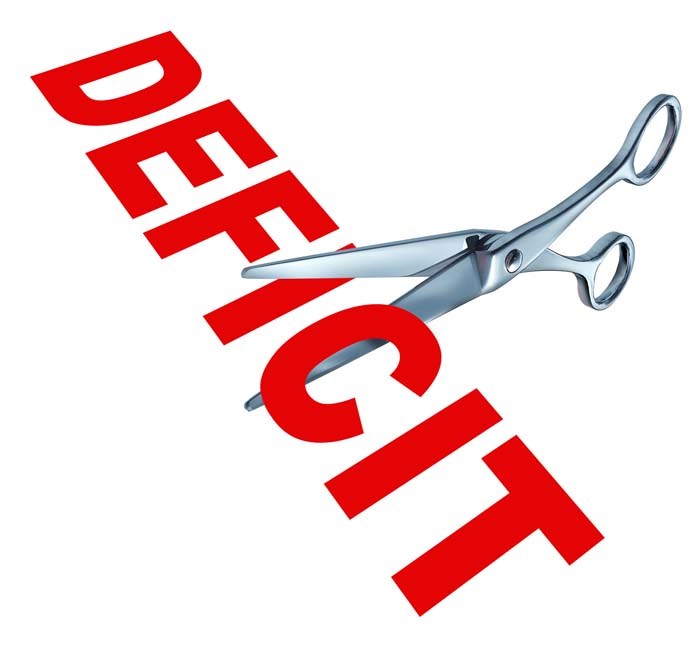There’s a lot of money for infrastructure and that’s a positive thing. If some of it trickles through to us, it would be very much welcomed, but there’s so little released. There’s broad strokes in it and I guess by the time money gets to us the devil is in the details.
— Bob Maloney, Mayor of Yorkton
The big news nationally last week was the new federal government’s first budget, but locally reaction was largely muted.
Bob Maloney, Yorkton’s mayor suggested that is probably mostly because it’s hard to say how, if at all, it will affect the local economy.
“It’s difficult to say because when you look at the numbers there isn’t anything that I could see that’s earmarked for small cities in rural Saskatchewan,” he said. “There’s a lot of money for infrastructure and that’s a positive thing. If some of it trickles through to us, it would be very much welcomed, but there’s so little released. There’s broad strokes in it and I guess by the time money gets to us the devil is in the details.”
Maloney did express wconcern over one of the broad strokes, however.
“I’m concerned about tripling a projected deficit,” he said. “I’m not a deficit kind of guy and for me it sends up red flags about spending when you triple what’s promised in an election, I think that’s a concern and when you look at the next four years, hundreds of billions of dollars of new debt is worrisome. By the same token, there are groups that are very pleased, but as mayor of the City of Yorkton it’s kind of wait and see and hope that some of that money makes it here.”
One person who is not waiting to see is Yorkton-Melville MP Cathay Wagantall. Wagantall had very little good to say about the budget in a press release issued the same day as the budget, which focused mainly on the deficits and job creation, something she says is missing entirely.
“Deficits are not sustainable and cannot create jobs without an effective job plan—a detail that’s been ignored by this government,” she said. “It is especially concerning that the Liberal budget does not include a plan to return to a balanced budget.”
Wagantall had much more to say about the budget in the House of Commons during a March 7 debate over Bill C-2, An Act to Amend the Income Act.
“The prime minister promised a $3 billion tax cut for the middle class, paid for by a $3 billion tax increase on high-income earners,” she said. “The middle class tax cut would be revenue neutral. By the Minister of Finance’s own admission, there will be a revenue shortfall of over $1 billion on this issue.”
In fact, the budget bill ended up pegging the shortfall at $1.2 billion.
In terms of local issues, Wagantall said the budget ignores rural Saskatchewan, something she said she will work toward correcting.
“I will be working to deliver investment in small communities from the government and private sector, especially in Saskatchewan where rural municipalities and small towns are pivotal partners in supporting the bedrock industries of agriculture, mining and manufacturing in the province,” she said. “The agriculture sector in Yorkton-Melville is an important job creator and needs further support, which is not happening under this Liberal government. Saskatchewan has been hit hard by a weak economy, and the Liberals seem unconcerned.”
Overall, according to the Parliamentary Budget Office, the $250.1 billion budget represents a decrease in spending of $550 million compared to 2015/2016, primarily accounted for by cuts to direct program spending.
Some highlights of the budget include:
• A new $10 billion over two years Canada Child Benefit tied to income that absorbs and replaces the former Universal Child Care Benefit and Canada Child Tax Credit.
• An overhaul of the Employment Insurance system that the government claims will make 50,000 more people eligible, will reduce wait times from two weeks to one and will reduce premiums from $1.88 per $100 in earnings.
• Infrastructure spending of $120 billion over 10 years focused initially on public transit, water, waste management and housing.
• $8.4 billion over five years to improve education, drinking water, housing and family services for First Nations.
• $1.9 billion over five years for arts and culture including funding for the Canada Council, Telefilm Canada, the CBC and the National Arts Centre.
• An increase in the Guaranteed Income Supplement for seniors to $947 and restoration of eligibility age to 65 amounting to $3.4 billion over five years.
• Reopening of nine Veterans Services offices and increases to benefits for injured veterans.
Missing from the budget were some high profile items such as projected revenue from legalization of marijuana, immediate spending on military procurement and a return to balanced budgets in the last year of the government’s mandate.
Some groups that have come out in favour of the budget include the Chartered Professional Accountants of Canada, Habitat for Humanity Canada and Clean Energy Canada.
Leading the charge against the budget were the opposition parties, but for very different reasons.



